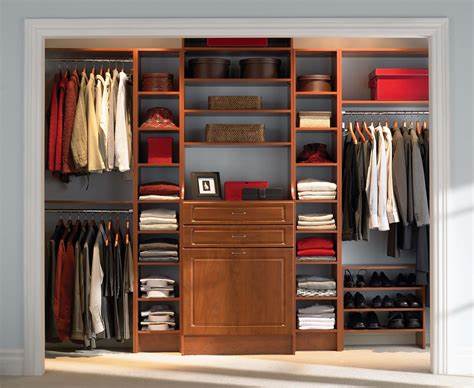How Your Wardrobe and Psychology is Related?
We take an effort while choosing a cloth to look nice at different occasions. For most of us, it becomes important that we match our attire with the place and event. Scientific studies reveal that the clothes we wear has an impact on our behaviour, attitude, mood, confidence, personality and even the way we interact with others. We even consider evaluating people we just met based on their clothes, to their attitude and behaviours. Based on similar evaluations we choose cloths for ourselves to look more confident and possibly experience mood enhancements in our social interactions. According to best psychologists in India there is relation between your wardrobe and psychology. Read on to know more.
“Don’t be into trends. Don’t make fashion own we, but we decide what we are, what we want to express by the way we dress and the way to live.” —Gianni Versace
Whether you are a man or a woman, the fashion choices we make, affect both our image of ourself, the impression we make on others, and in turn how people behave with us. They can affect everything from the outcome of a sports match to an interviewer’s impression of our ability to effectively perform any particular job. Our wardrobe and psychology impact each other strongly.
The type of clothes we wear and the colours we choose, all send out subliminal messages on the type of person we are. Researches has shown that the way we dress not only conveys the type of person we are but can also influence the way we think. A study conducted at the Kellogg School of Management at Northwestern University found that subjects who wore a doctor’s coat had an increased attention span compared to subjects wearing a painters’ coat or no coat.
Clothes, Colour and Personality
The role of colours in wardrobe and psychology is bright clothed person or an always black clothed person, the choice of colour reveals more about your emotion, thought-process and behaviour. Colours have the ability to jazz the mood up or tone them down. Your choices are perceived to showcase your identity.
Bright colours like yellow, orange and red are considered as the trendsetters. Clothes of these colours show you as charming, approachable and friendly. These colours also speak the language of positivity and comfort.
Classic Shades of Black, Blue and Grey make you look well groomed. Possessing a sharp personality, you are considered as sophisticated, mannered and well organised in life.
Abstract Prints: If you like your dresses with prints such as patterns and geometry, you are perceived as bold. You often choose to speak your mind and don’t like being told every little thing. You like to express your individuality and are likely to be very creative.
Slogan Prints: Clothes with Slogan Prints reveal that you are probably not scared of voicing your opinion and would like to give out a message. It could also suggest you are an attention-seeker and inclined to a particular thought, while in reality you may or may not be.
Dress to Impress?
Joseph Benz at the University of Nebraska in a study surveyed more than 90 men and women with regards to the way in which they deceive potential partners whilst on dates. Researchers found that both genders have a tendency to use deception when dating but for different purposes. Many times, there are situations that compels us to look a certain way, to dress in a certain way, which does not resemble us, but we do it as to be accepted in the eyes of society and the people.
Adopting a particular fashion merely based on compulsion does not contemplate to our mood, mindset and emotions. Fashion, being one of the most critical aspects of our style shall be more inclined towards expressing innermost thoughts, kindness, and feelings
Gradual changes in our society have affected our fashion style. Clothes have developed from a practical asset to a social marker more likely to affect the way we see ourselves. They help us to be seen in the light that we wish to be and also exude our personalities and social status. However, colours, fabrics and styles while addressing cultural norms and societal sensitivities, have changed to suit individual’s personality. Our appearance, manners and characteristics often have engaged with each other to complement our fashion and personality as a whole.



